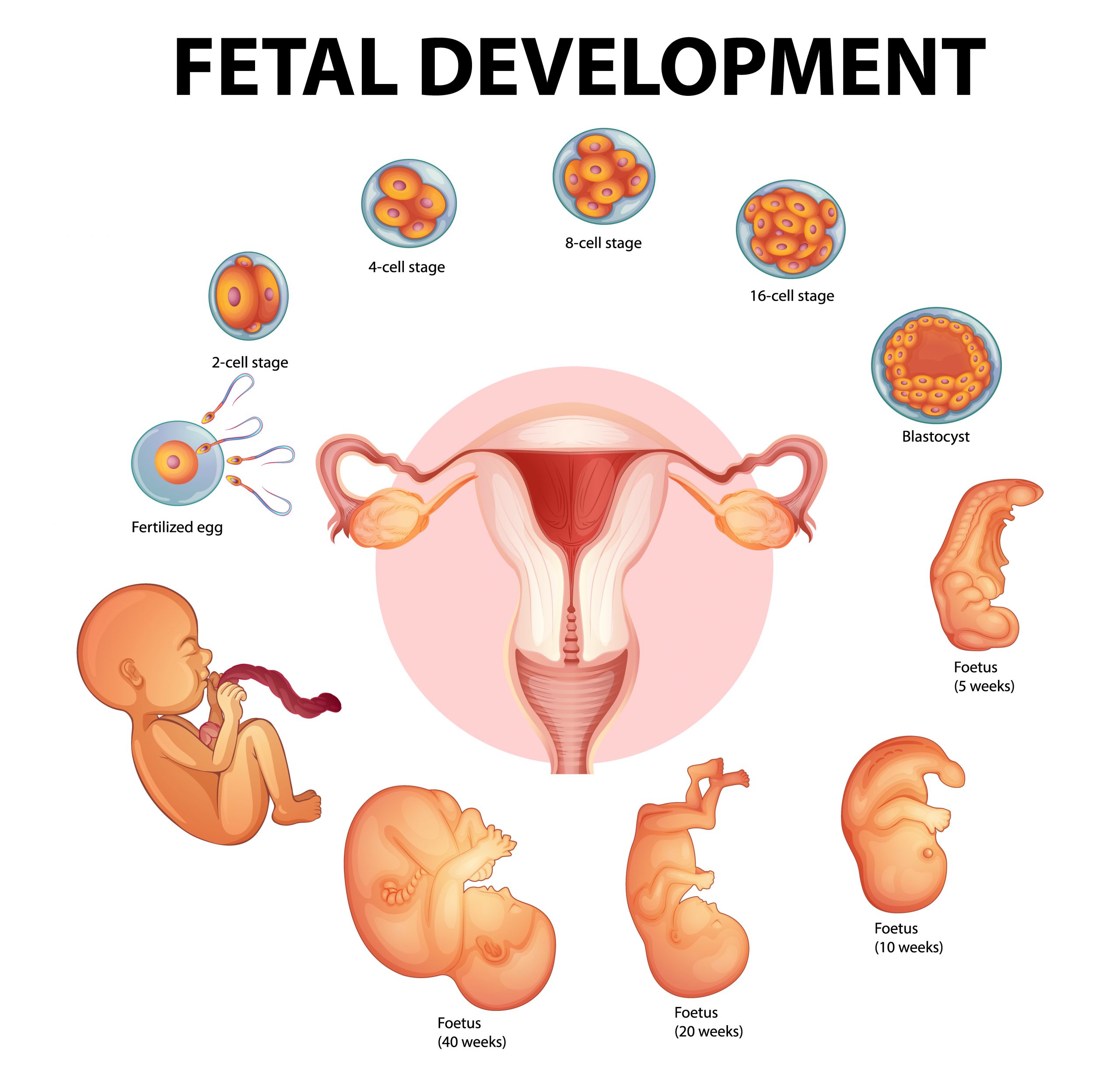

Biologists at the University of Texas Southwestern Medical Center have created a new stem cell-based embryo model for studying early human development, tissue creation, and differentiation, making significant advances to the fields of developmental biology and regenerative medicine.
Peri-gastruloids are primordial embryonic structures that have the ability to develop into many different cell types in the body, providing insight into the earliest stages of embryogenesis. According to the researchers, the findings on peri-gastruloids, published in Cell, could have an impact on a wide range of diseases and conditions involving early human development, such as developmental disorders, birth defects, genetic disorders, and diseases that arise during embryonic development, such as certain types of cancer or neurological disorders. Peri-gastruloid research can potentially help with disease models and drug testing.
“By generating peri-gastruloids, researchers can mimic and study the complex processes that occur during gastrulation and early organ formation, which is a critical period in embryonic development. This allows for a better understanding of the molecular and cellular events that shape the formation of different tissue layers,” explained Jun Wu, Ph.D., Assistant Professor of Molecular Biology, Virginia Murchison Linthicum Scholar in Medical Research, and member of the Harold C. Simmons Comprehensive Cancer Center at UT Southwestern.
“Studying peri-gastruloids allows researchers to gain insights into how abnormalities or genetic mutations can impact the early stages of human development. This knowledge can be used to model and understand developmental disorders or diseases that arise during early embryonic development. Additionally, peri-gastruloids can serve as a platform for testing the efficacy and safety of potential drugs or therapies targeting these conditions,” Dr. Wu said.
“The ability to model human development using peri-gastruloids can provide insights into the mechanisms behind tissue formation and differentiation. This knowledge can be applied to improve regenerative medicine approaches, such as generating specific cell types or tissues for transplantation or repairing damaged organs,” said lead author Lizhong Liu, Ph.D., Assistant Instructor of Molecular Biology in the Wu lab, which focuses on using stem cell models to learn more about mammalian development and create regenerative medical applications.
While in vitro stem cell models that mimic human gastrulation have been developed, they lack the necessary extraembryonic cells for embryonic development, morphogenesis, and patterning. The new method provides a reliable and efficient strategy for inducing human pluripotent stem cells to self-organize into peri-gastruloids, which include both embryonic (epiblast) and extraembryonic (hypoblast) tissues. Although peri-gastruloids are not viable due to the absence of trophoblasts, they can mimic critical stages of human peri-gastrulation development, such as the formation of amniotic and yolk sac cavities, the development of bilaminar and trilaminar embryonic discs, the specification of primordial germ cells, the formation of primary germ layers, and early organogenesis.
Researchers can delve into the underlying mechanisms and uncover potential therapeutic targets for the ultimate development of novel medicines or interventions for patients by mimicking conditions in vitro. Researchers can also test the efficacy and potential negative effects of various medications or chemicals on peri-gastruloids. This can aid in the identification of interesting drug candidates as well as the safety of pharmaceutical interventions prior to testing in human clinical trials.
“Overall, the study’s findings on peri-gastruloids contribute to the advancement of clinical solutions by providing a platform for regenerative medicine, disease modeling, and drug testing, which have the potential to lead to the development of new therapies, improved treatment strategies, and enhanced safety assessment methods for the benefit of patients,” said Dr. Wu, who is a Cancer Prevention and Research Institute of Texas (CPRIT) Scholar and a New York Stem Cell Foundation (NYSCF) – Robertson Investigator.
The Wu lab’s main goals are to create new stem cells and stem cell-based embryo model to study embryogenesis and to develop translational applications employing stem cells. The team is currently focused on producing stem cell-based models of mammalian embryos, identifying and overcoming xenogeneic hurdles, researching novel regulators of pluripotency, and deriving novel pluripotent stem cells.
Dr. Wu’s published research includes:
- Human blastocysts, the structures that emerge from the early development of fertilized eggs in mammals, were created and utilized to explore human pluripotent stem cells, which have the potential to become almost all of the body’s various tissue types.
- Developed a method for producing bovine blastoids, a critical stage in reproducing embryo model in the lab that could lead to the development of new cattle breeding reproductive technologies.
Dr. Liu’s research in the Wu Lab uses pluripotent stem cell-based 3D embryo models to examine peri-gastrulation, with the goal of expanding understanding of early development, namely the specification of primary germ layers, neurulation, and organogenesis. His ultimate goal is to develop lab-grown human tissues and organs for regenerative medical applications, as well as knowledge that may aid to decrease early pregnancy loss and congenital abnormalities.
more recommended stories
 36-Week Pre-eclampsia Screening May Reduce Term Risk
36-Week Pre-eclampsia Screening May Reduce Term RiskA New Preventive Strategy for Term.
 Cardiovascular Risk and Sudden Cardiac Death in Diabetes
Cardiovascular Risk and Sudden Cardiac Death in DiabetesRising Sudden Cardiac Death (SCD) Risk.
 Poor Kidney Function and Alzheimer’s Biomarkers Explained
Poor Kidney Function and Alzheimer’s Biomarkers ExplainedPoor kidney function may influence levels.
 Walking Speed Before Hip Replacement Predicts Recovery
Walking Speed Before Hip Replacement Predicts RecoveryNew Evidence Points to a Simple,.
 Neuroblastoma Drug Combo Extends Survival in Models
Neuroblastoma Drug Combo Extends Survival in ModelsA Promising Shift in High-Risk Neuroblastoma.
 How Soybean Oil Impacts Weight Gain and Metabolism
How Soybean Oil Impacts Weight Gain and MetabolismWhy Soybean Oil May Affect Metabolism.
 Coffee and Cognitive Function: Evidence Review
Coffee and Cognitive Function: Evidence ReviewA new narrative review in Cureus.
 Colorectal Cancer Screening Rates Low in Adults 45–49
Colorectal Cancer Screening Rates Low in Adults 45–49Recent UCLA research reveals that colorectal.
 Gut Immune Cells and Long-Lasting Antiviral Protection.
Gut Immune Cells and Long-Lasting Antiviral Protection.Breakthrough Findings on How Gut Immune.
 Mild Pancreatic Duct Dilatation Signals Higher Cancer Risk
Mild Pancreatic Duct Dilatation Signals Higher Cancer RiskEarly Structural Changes Offer Critical Clues.

Leave a Comment